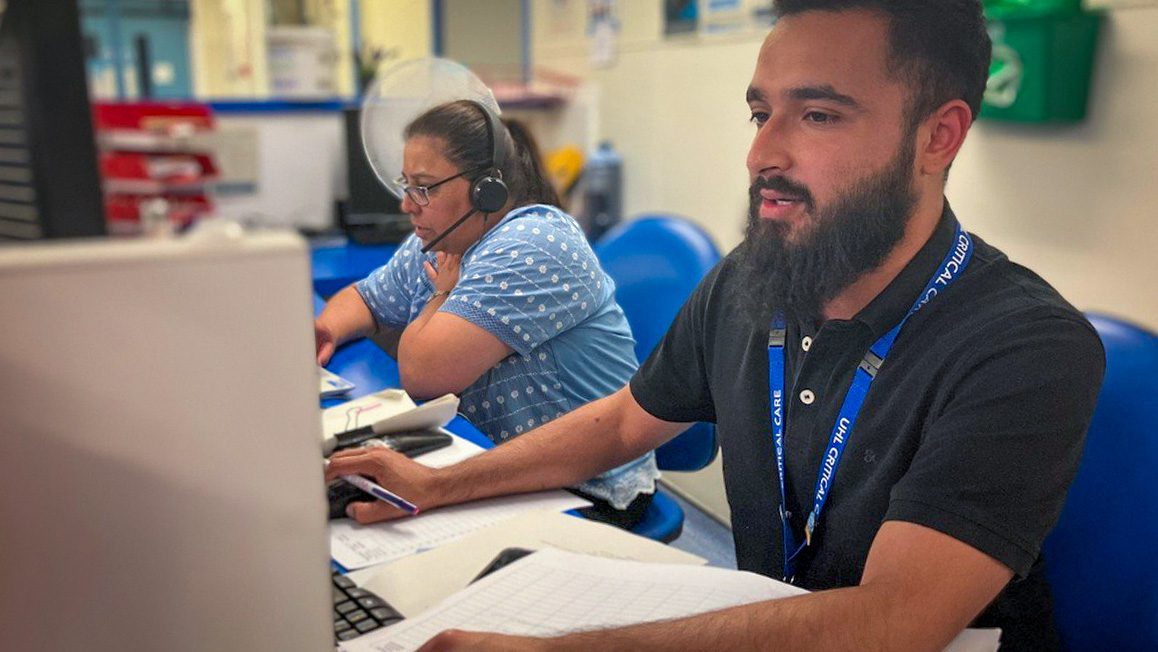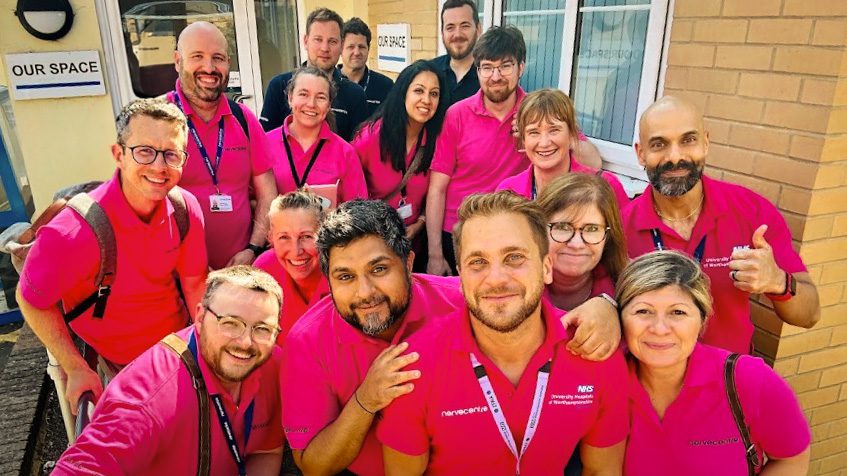Since 2020, the coronavirus pandemic has caused surges in admissions, alongside simultaneous staff shortages in hospitals. It’s a combination that continues to create unprecedented pressures on capacity. Virtual wards helped ease this pressure by allowing trusts to discharge recovering patients earlier, releasing beds for more seriously ill COVID patients and patients who require other non-urgent hospitalisations.
The concept of virtual wards is not new. Trusts have been running them since 2006 to treat people at home whilst remaining under the acute care of the hospital clinicians. These hospital at home services are now an established aspect of contemporary acute care, providing a sustainable way to extend capacity, whether that’s to:
- help hospitals cope with spikes in demand caused by new coronavirus variants
- help recover elective care plans
- reduce how long some medical and surgical patients have to stay in hospital
NHS plans for virtual wards
In December 2021, NHS England and NHS Improvement published its 2022/23 priorities and operational planning guidance, which details how it expects systems to work differently, including the rollout of virtual wards: “By December 2023, we expect systems to have completed the comprehensive development of virtual wards towards a national ambition of 40–50 virtual beds per 100,000 population.”
The guidance says, “digital tools and timely, accurate information are key to delivering on these aims”. Virtual wards are only viable when there is appropriate digital support that can:
- help identify patients the trust could discharge to a virtual ward
- manage, track and monitor virtual ward patients
- facilitate interaction between patients and their clinical teams
A real-world example of virtual wards
Bedfordshire Hospitals NHS Foundation Trust has been running a Hospital at Home service that uses three virtual wards since 2013. The service takes medically stable adult patients back into the community, whether that’s their home, nursing home or residential care setting, to provide safe remote care.
There can be as many as 150 patients in these virtual wards at any time.
Matt Borg, Digital Matron at Bedfordshire Hospitals NHS Foundation Trust, described the care provided to patients in its acute, surgical and physio virtual wards during a recent webinar hosted by Nervecentre.
The team provides a safe pathway of care at home that includes intravenous and intramuscular medication, all bloods including cultures, dressings and swabs (including COVID for bedbound patients), observations and nursing assessments. Pharmacists also run pre-assessment clinics if patients require Tinzaparin so that we can monitor these patients on virtual wards instead of in the hospital. When a patient is medically fit, the Hospital at Home team will discharge them or refer them to the community team. Until then, they are under an acute consultant. The surgical virtual ward typically takes home patients after breast surgery and knee and hip replacements. They stay on the virtual ward for up to seven days before being handed over to the occupational therapists or the physiotherapy Hospital at Home team.
Nervecentre and virtual wards
The trust uses Nervecentre’s Virtual Ward software, which has been available since January 2021, to track and monitor its virtual ward patients. Matt explains how this technology is transforming care.
The Nervecentre software we are using for our virtual wards is powerful because it shares information with everyone across the trust. We have excellent adoption. Everyone can view the live dashboard from execs downwards. This means the bed managers, general manager on call, and matrons can see how many patients the team are caring for and then plan the service utilisation to ensure there is the capacity to take patients, especially when the service is under extreme pressure. As an example, the bed flow team are interacting with the Hospital at Home team two or three times a day to see which patients they can and can’t take.
The trust started to use Nervecentre’s Virtual Wards in March 2021. Since then, more than 1,000 patients have been discharged to the trust’s virtual wards, staying on the virtual wards from a few days up to a month instead of occupying hospital beds.
Patients can benefit from virtual wards too. Matt recalls two instances where virtual wards had a significant positive impact on patients’ lives.
A patient on a medical elderly ward was due to be in hospital for eight more weeks for antibiotics. We got that patient home, and when they came back for a clinic, they were able to stop taking the antibiotics three weeks early, which shows the power of being able to look after someone at home. There was another gentleman who was able to return to work much sooner because the Hospital at Home team could give him his antibiotics in the morning before work and in the evening after work.
The trust is now building two more virtual wards for the early supported discharge of respiratory patients. One is for COVID patients, and the other is for respiratory conditions such as COPD. Matt says that they are also planning to look at using Nervecentre to allow the team to record observations and assessments on mobile phones while they are with patients, adding rich, real-time medical information to the live virtual ward dashboard.
Paul Volkaerts, Nervecentre’s CEO, says,
It’s always rewarding to see our software being used to improve the patient experience and help clinicians and operational teams provide this care efficiently. We’re working on an exciting new patient app that will make it easier for patients at home to interact with their clinical team, and at the same time to introduce further significant financial and operational efficiencies to trusts as they extend their use of virtual wards.
Watch the webinar to hear Matt’s complete account of running virtual wards along with other ways that Nervecentre is helping trusts to work effectively and efficiently during the pandemic.






